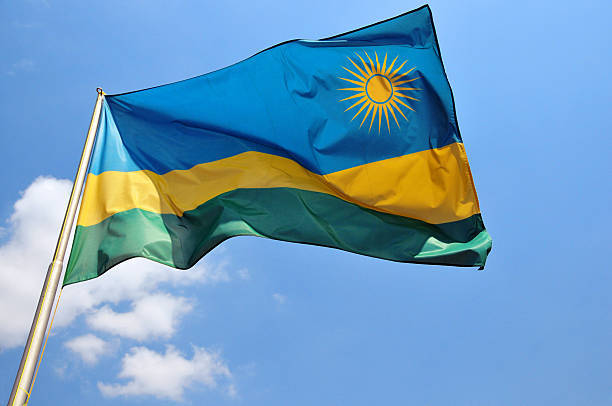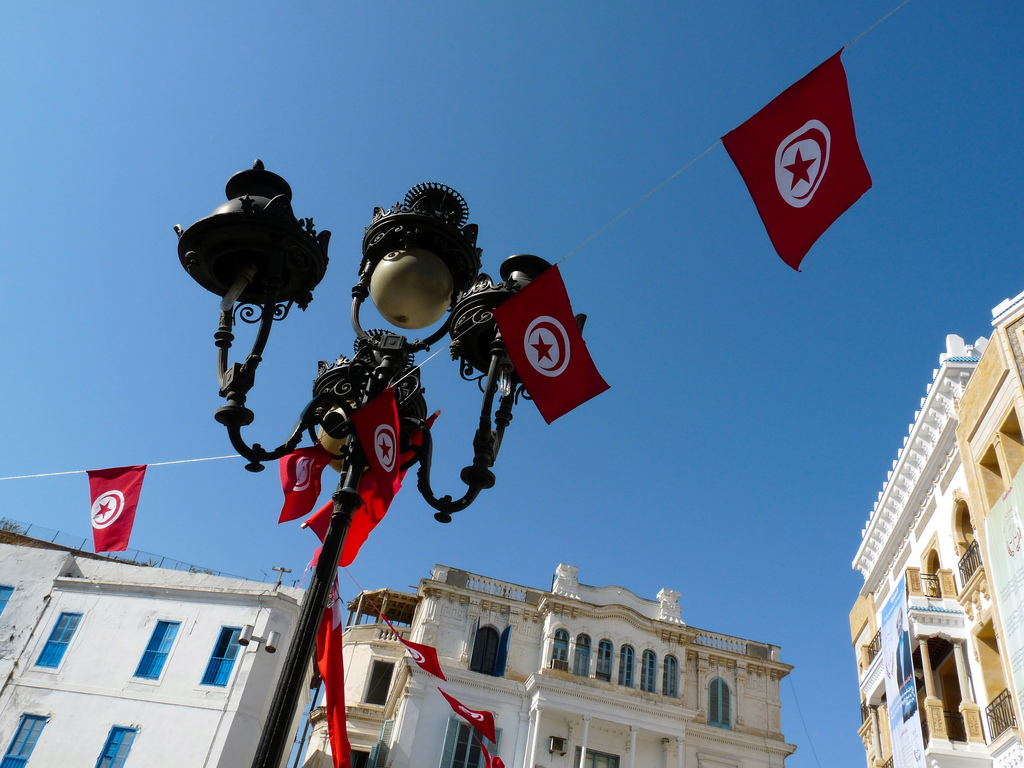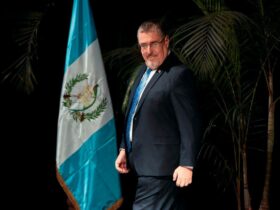The current president of Rwanda, Paul Kagame, has been brutally cracking down on dissidents and opposition for the past two decades. Most recently, Paul Rusesabagina, a well-known critic of Kagame’s leadership, has been arrested on charges of terrorism, arson, and murder. In analyzing why Rwanda’s current head of state has taken a turn toward authoritarianism, it is important to understand how the history of the Rwandan genocide and the country’s relationship with colonization has played an important role in current developments in the region.
In 1994, an estimated 100,000 Rwandans were killed between April 7 and July 15. The genocide was sparked by the death of Rwandan President Juvenal Habyarimana, a member of the Hutu ethnic group, when his plane was shot down on April 6, 1994. Many suspected that Paul Kagame’s Tutsi rebels, an opposing ethnic group, were responsible for the attack. This led the Hutu government to launch a genocide against the Tutsi in retaliation.
Colonialism and the Rwandan Genocide
In analyzing the history of the Rwandan Genocide, it becomes clear that the anomosity between ethnic groups during the genocide can be tied to colonialism. The Rwandan population was essentially made up of two ethnicities, the Tutsi and the Hutus, with distinct characteristics separating both. Characteristically, the Tusti are generally taller, lighter in skin tone, and have a longer, more slender nose than the Hutus. The main social distinction between the two groups is that the Hutu were typically farmers and the Tusti were cattle herders. The social system in Rwanda was based on the fact that the Hutus would work for the Tutsi in exchange for cattle. In 1884, when Germany formally colonized Rwanda, the large Hutu population was subjugated as the working class, with the minority Tutsi population as the ruling class. This subjugation was solely based on the observation that Tutsi were more Caucasian, and thus, more fit to rule.
After World War I, Belgium inherited the colony as part of the League of Nations mandate. Belgium allowed the existing Tutsi monarch to continue its control over the Hutus. The Belgians considered the Tutsis to be superior to the Hutus, leading Tutsis to enjoy better jobs and educational opportunities in the early 1900s. Further, the Belgians provided military and political support to the Tutsi as long as they maintained policies of Belgium’s colonial rule. Consequently, resentment among the Hutus grew throughout the years.
Following World War II, the mindset of many European nations changed in regard to colonialism. This shift in belief systems was felt in Rwanda, most noticeably in the Hutu population, which was tired of the existing oppressive social system. In 1959, the Hutu participated in riots where more than 20,000 Tutsis were killed and many more fled to neighboring countries. The existing Tusti government was overturned and replaced by Belgian-backed Hutus. And in 1962, amid a growing global movement for decolonization, Belgium granted Rwanda independence, leaving the Hutus in power.
Rwanda’s Grapple Post-Decolonization Internal Turmoil
With the Hutus in control of Rwanda, the tables turned — the Tutsis were viewed as the inferior ethnicity. But in 1993, Hutu President Juvenal Habyarimana faced diminished popularity as he dealt with Rwanda’s worsening economic state. Tutsi refugees in Uganda formed the Rwandan Patriotic Freedom (RPF) group, led by current Rwanda President Paul Kagame, with the intention to overthrow Habyarimana and return home.
On April 6, 1994, Habyarimana’s plane was shot down and chaos ensued. The Hutus suspected the attack was done by the RPF, however these allegations have never been substantiated. In retaliation, the Hutu, hoping to grasp any last bits of power left, began purging and murdering any political leaders supporting the Tutsi rebels. The extremist Hutu regime carried out a genocide of Tutsi populations and moderate Hutus in order to squash opposition. In just 100 days, the BBC reports that over 800,000 people were killed — this time was known as the ‘100 Days of Slaughter.’
At this time, Paul Rusesabagina, a moderate Hutu, was the manager of the Hotel Mille Collines, a luxury hotel in central Kigali. Rusesabagina bribed soldiers that were hunting Tutsi and moderate Hutus and also maintained connections with several embassies in order to protect those sheltering at the hotel — amid the genocide, Rusesabagina was viewed as a hero for many.
In July 1994, the RPF finally captured the capital of Rwanda, and the Hutu regime collapsed. The RPF were seen as victorious, resulting in the departure of nearly two million Hutus from the country. Rwanda instated a multi-ethnic government with a Hutu as president and Kagame as his deputy. However, after the president was accused of inciting ethnic violence and subsequently imprisoned, Kagame became president and Rwanda led with a Tutsi government.
In 1996, Rusesabagina fled to Belgium for fear of his safety. Once he left Rwanda, he became an outspoken critic of the government and Kagame. He co-founded an opposition party, the Rwandan Movement for Democratic Change. This opposition has an armed wing known as the National Liberation Forces, which has claimed responsibility for attacks in Rwanda since 2018. Kagame and his government had been trying to capture Rusesabagina and other critics like him.
Current Developments and Autocratic Conditions
Since the Tutsis overtook the government, Rwanda has been heralded as an example of economic growth and development. However, the nation has also been accused of human rights violations for alleged extrajudicial killings and crackdowns on the press. This was seen in Kagame’s run for his second presidential term in 2010. Opposition media was repressed, several journalists were murdered. Additionally, numerous critics of Kagame have disappeared or been killed in recent years. The most recent occured in 2013, when Patrick Karegeya, a former Rwandan spy chief, was found dead in a hotel room in South Africa.
In 2015, Kagame backed a constitutional amendment that would allow him to run for a third term. Voters approved amendments to the constitution that now allow Kagame to serve a third seven-year term; in addition, he is eligible to serve two five-year terms after that, giving him the potential to hold the office until 2034.
Kagame’s repression of the press, intimidation toward his opponents, and passing an amendment that would allow him to rule for 31 years severely contradicts Rwanda’s stance as a democracy. Instead, it is an authoritarian state pushing for the superiority of Tutsis over Hutus. As a result, critics like Rusesabagina refuse to go back to Rwanda, as they know they will be punished for speaking against the authoritarian regime posed as a democracy.
On August 31, however, Rusesabagina appeared in handcuffs in Rwanda’s capital. His adopted daughter, Carine Kanimba, and other human rights activists voiced their concerns that this was “the latest example of the Rwandan government targeting critics beyond its borders.” Kanimba and the rest of his family claim that their father was kidnapped by the Rwandan government as they said “he would [have]never voluntarily return to Rwanda.”
Kagame has insisted that “there was no kidnap… He got here on the basis of what he believed and wanted to do.” Rusesabagina faces charges including terrorism, arson, and murder. Rusesabagina’s family and supporters fear he will be the next victim of Kagame’s mission to eliminate any opposition to his reign. Rusesabagina’s arrest has drawn international concern and calls for his release.
A Democracy Far From Perfect
Kagame feels threatened by Rusesabagina’s opposing coalition: the Rwandan Movement for Democratic Change, and his government continuously claims that Rusesabagina funds rebel groups. In 2010, Rusesabagina asserted that the government was using these claims to conduct a smear campaign against him. With his arrest, it looks like Kagame seeks political retribution against Rusesabagina.
Rusesabagina is expected to be granted a fair trial — but the reality may be far from fair. Claude Gatebuke, a Rwandan who survived the genocide, said that, “the story of Rusesabagina, who is a Hutu person, presents a problem to that dominant Tutsi narrative.”
It is likely that Kagame will do everything in his power to indict Rusesabagina, and continue his “assertion that he is the hero of the genocide, responsible for saving his people and rebuilding the country, and is the only viable leader of Rwanda.”







